
support@yorubalibrary.com
+2348073529208, 07038599574

Aroko (hieroglyphic message) is a form of Yoruba non-verbal communication using objects and materials in varied numbers, colours or combinations with meanings understood only by the sender and receiver of the message.
There are many forms of Aroko in Yoruba land, and each convey a special message. Aroko can be sent between two different persons, villages, towns, settlements and regions. Aroko is a medium of communication and every medium of communication is in some ways significant. Let us examine different examples of Aroko we have in Yoruba land, and their associated meanings.
(1) MARIWO OPE TABI ASO PUPA (palm frond or red cloth)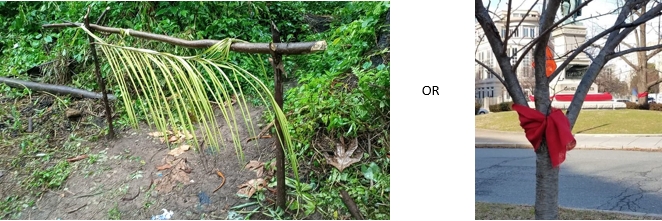
This type of Aroko is known as “Aale” (pronounced as Her Lay). This type of Aroko is usually placed on commodity and landed properties. It is when a palm frond or a piece of red cloth is cut and tied to such commodity. This type of Aroko depicts embargo, that is, the encoder (sender of the message) is requesting the decoder (the receiver of the message) not to do anything at all or pause work on such commodity until they meet. The commodity could be a parcel of land, log of chopped woods, farm land or any other valuable materials.
(2) OWO EYO (Cowries)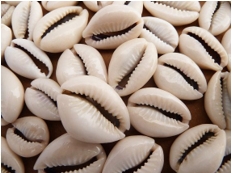
Six cowrie shells tied together is a message that the sender is longing to see the receiver, because it has been long they’ve seen one another. However, where six cowrie shells are tied in three opposing numbers with a protruding, long string indicates that the distance between the two might be long before they can see one another.
In Yoruba numbering system, six (6) means “Eefa” (pronounced Elf Her) and it means to “to bring closer”. So, giving someone six cowries always represent a mutual relationship. On the other hand, giving someone three (3) things indicate (repelling) since three mean “Eeta” (pronounced El tar). Adage will say “Eta a maa ta nkan d’anu”. Infact, it is more of a taboo in Yoruba Land to give someone three things. They will either settle for two or four of such things.
(3) EWE AKOKO (Akoko Leaf)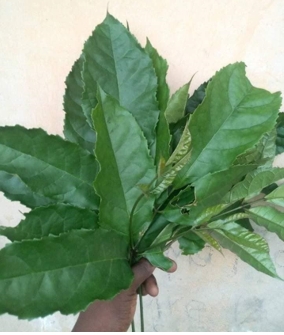
Akoko is a type of tree in Yoruba land, and its leaf is specially used for ordination of people in authority such as King, Baale, Chiefs etc. So, sending Akoko leaf as a message to someone depicts that there is ordination which will soon take place and the receiver is required to see the sender without further delay – probably he/she has been chosen to held a vital traditional position.
(4) IGBA OFIFO (Empty Calabash)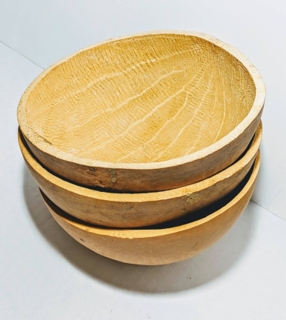
Sending of empty calabash to a king signifies that the king must commit suicide or join his ancestors. It is a norm when they want to announce a voluntary death of any king that “O ti se bi agba, o si igba wo”. (He has done like an elder, he opened calabash).
(5) OSAN (Orange)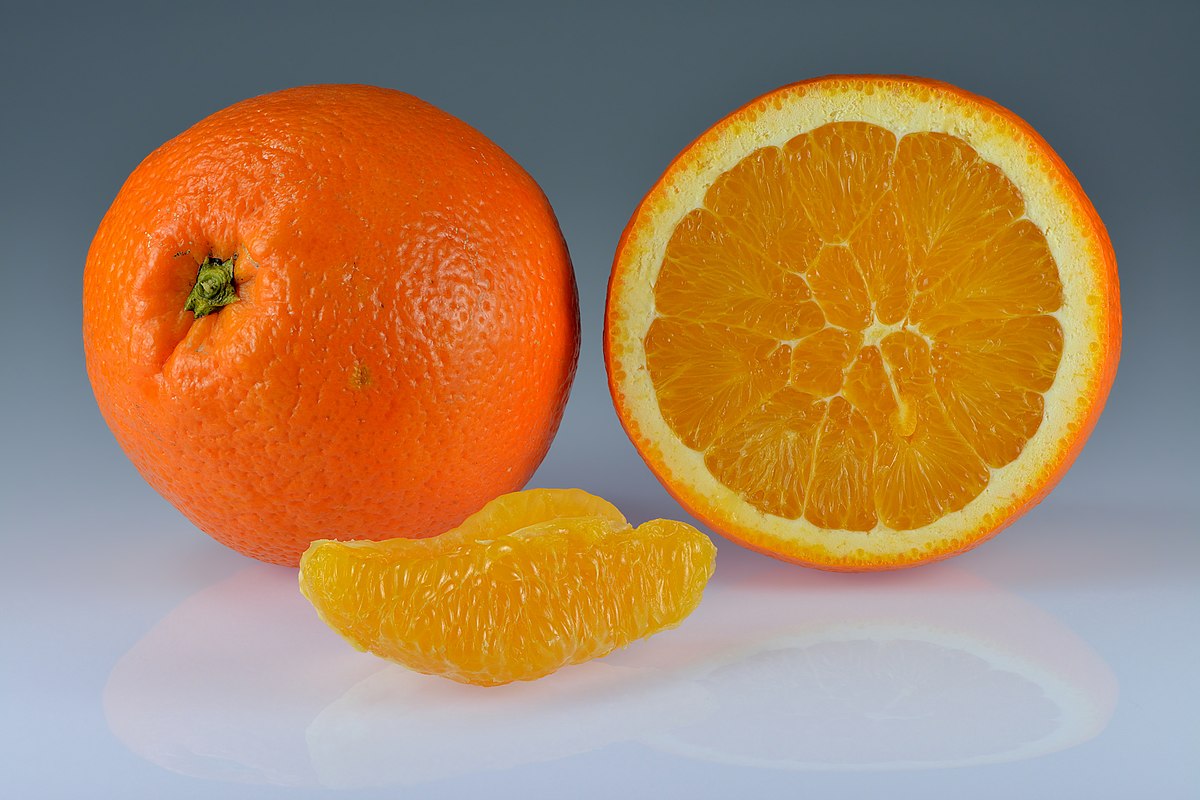
Orange represents sweetness. When orange is sent out as Aroko to someone, it depicts pleasing and acceptability. This type of Aroko is often used between two families whose children is about to marry.
(6) ILARUN/OOYA (Traditional Comb)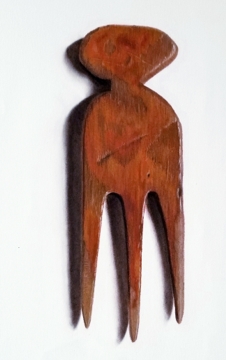
When this type of Aroko is sent to someone, it means certain agreement can no longer hold. On the other hand, it depicts separation. It could be a relationship, an event etc
(7) ENI (Raffia Mat)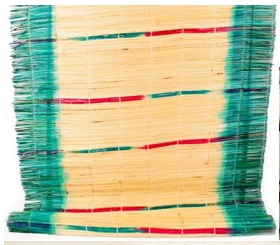
Eni (pronounced as Hell Nee). This Aroko means that someone is sick or physically unhealthy in the household of the receiver
(8) OJA ABIYAMO (Baby Belt)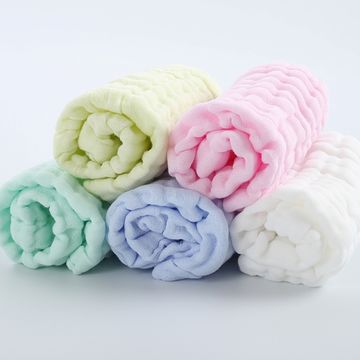
The sending of Oja Abiyamo to someone far away indicates that the person that was pregnant before the receiver left home has delivered safely.
(9) OKUTA (Stone)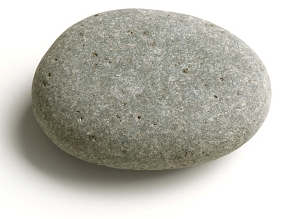
This is common among the traditional hunters. Whenever they have agreed to meet at a point, while traveling along the path each person passing through the junction will place a stone each, to indicate that he has passed. The numbers of stones at the junction will tell any member the number of people that have passed through the spot.
(10) ADE, ILEKE, FILA TABI OPA ASE (Crown, Bead, Cap or Staff)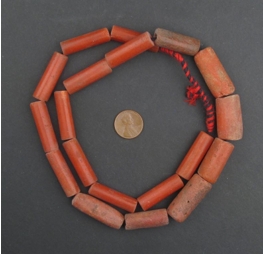
This symbolizes Authority. If a dignitary such as king, an important chief, a head of community or even head of family is invited to an occasion, but he could not come, he can delegate someone in his position giving him either the staff, bead, cap, or crown to symbolizes his presence. Whatever the representative said is assumed to have been rightly said by the invited dignitary (though not physically present), and every benefit and honour to be given to such person must be given to this representative as well.
(11) ERUPE NINU EWE (Tying of sand in a leaf)
This Aroko is used to settle matters amicably. It means that the receiver should not be too emotional, and should allow the quarrel to end. The sand if often tied to a traditional leaf known as “Ewe Eeran”, which people largely used to make moin-moin (beans pudding) in Yoruba land.
(12) BATA ESE OSI (Left footwear)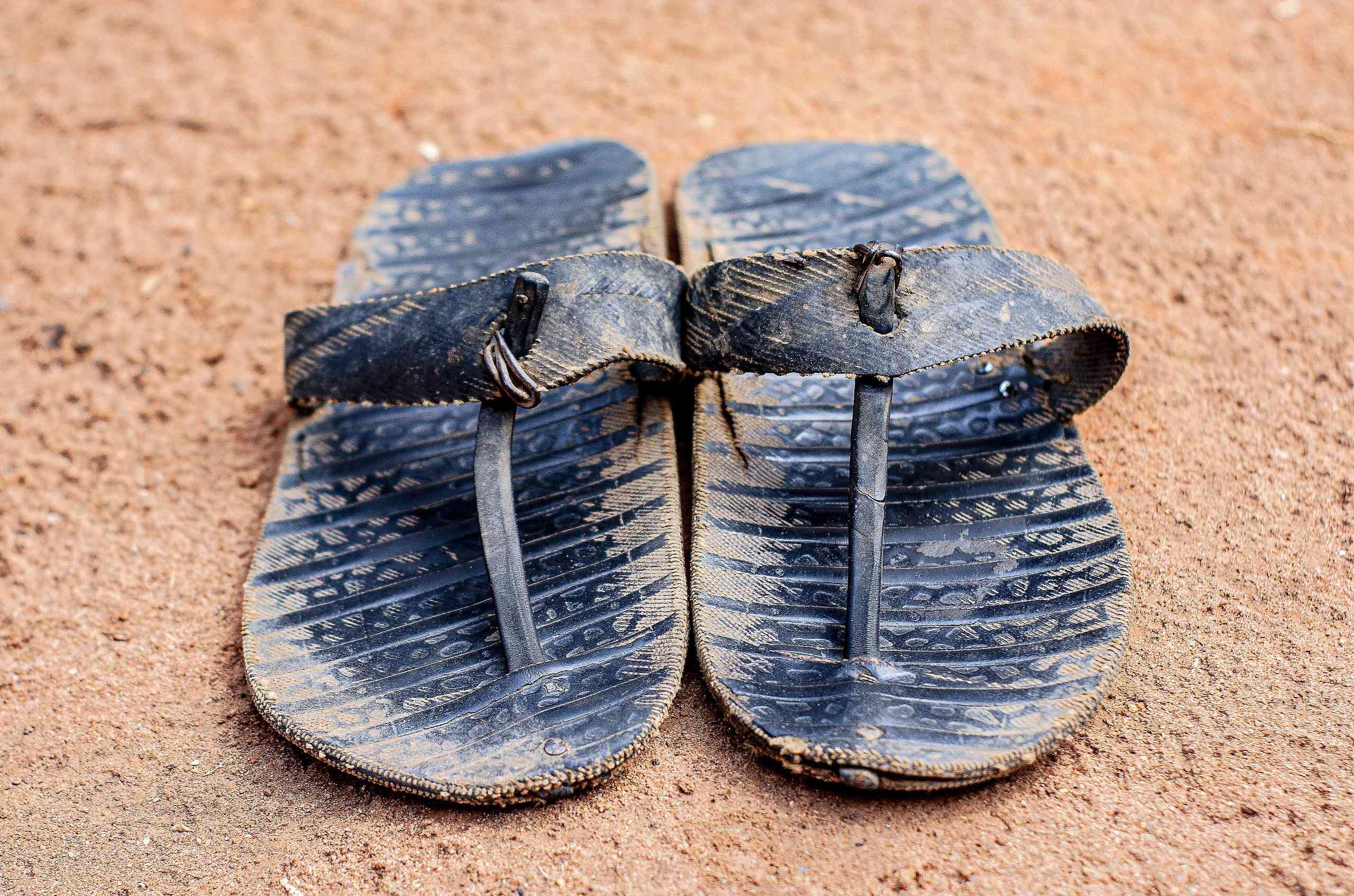
When a left foot wear (such as sandal, shoe etc) of someone is sent over to another person as Aroko, it means that the owner of the sandal has passed on (died).
(13) AJADI APERE TABI AMUKU OSAN (Spoilt Basket Or Rotten/Sucked Orange)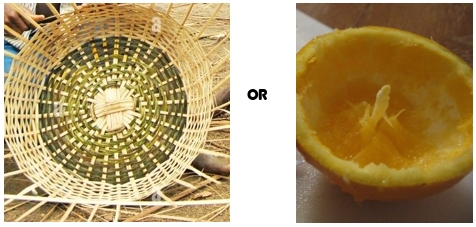
This Aroko depicts marital dissatisfaction, and it is often given between families of a just wedded couple. Yoruba places high value on virginity, if any young lady had been deflowered before the night of her wedding, then the groom’s family will send this Aroko to the bride’s family to express their utmost dissatisfaction and improper upbringing of their new bride. In the olden days, such bride is sent packing immediately.
(14) ASO FUNFUN (White Cloth)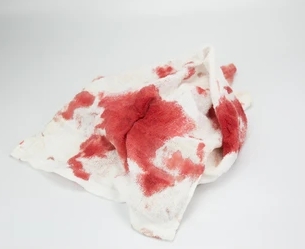
This is the opposite of number 13 above, it means that the groom’s family is very pleased with the virginity status of their new bride. This means, she has not been deflowered prior the wedding night by anyone. This is a great reputation that any family would crave for, in the olden days.
Which have you seen or most strange to you? Comment below...